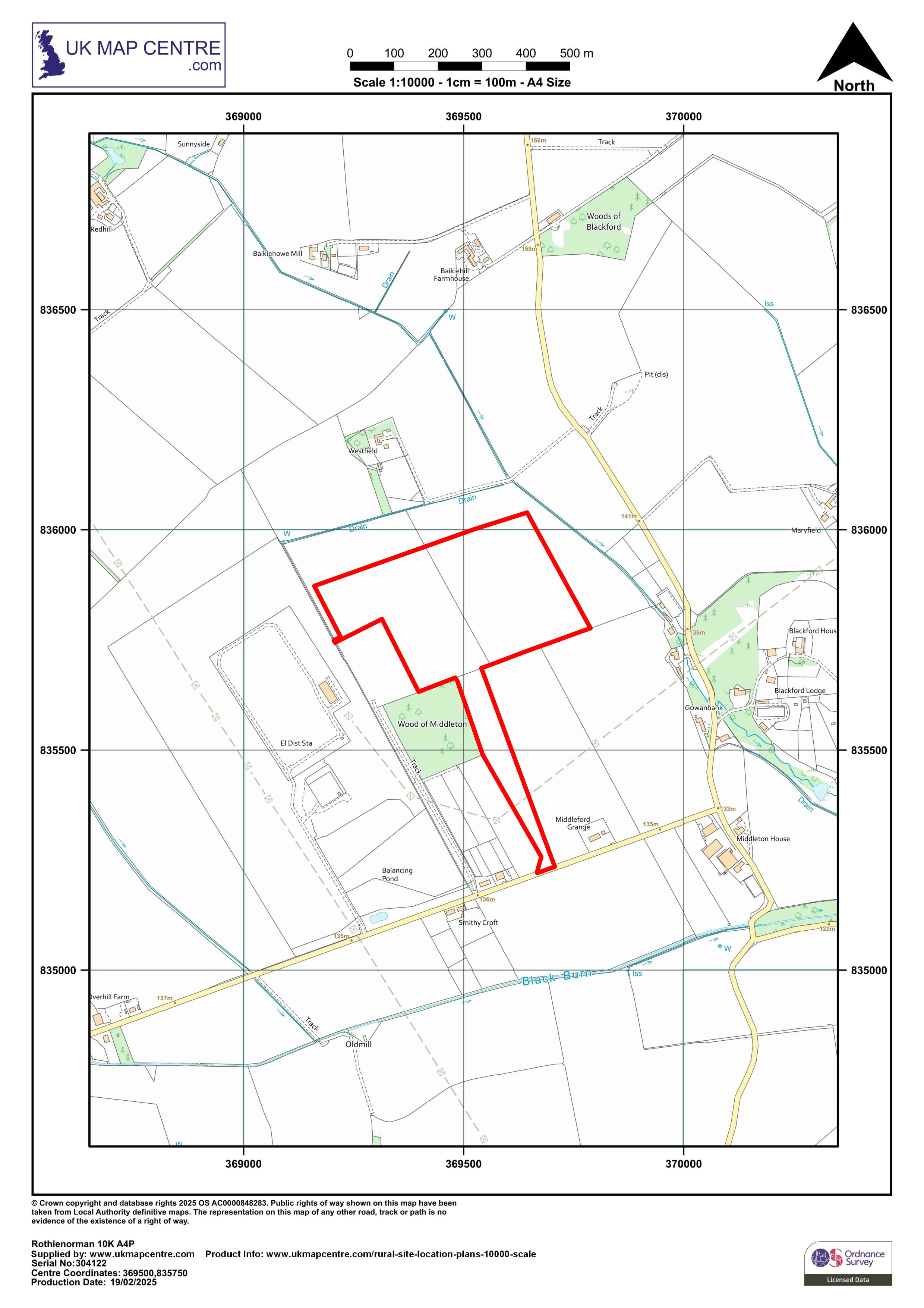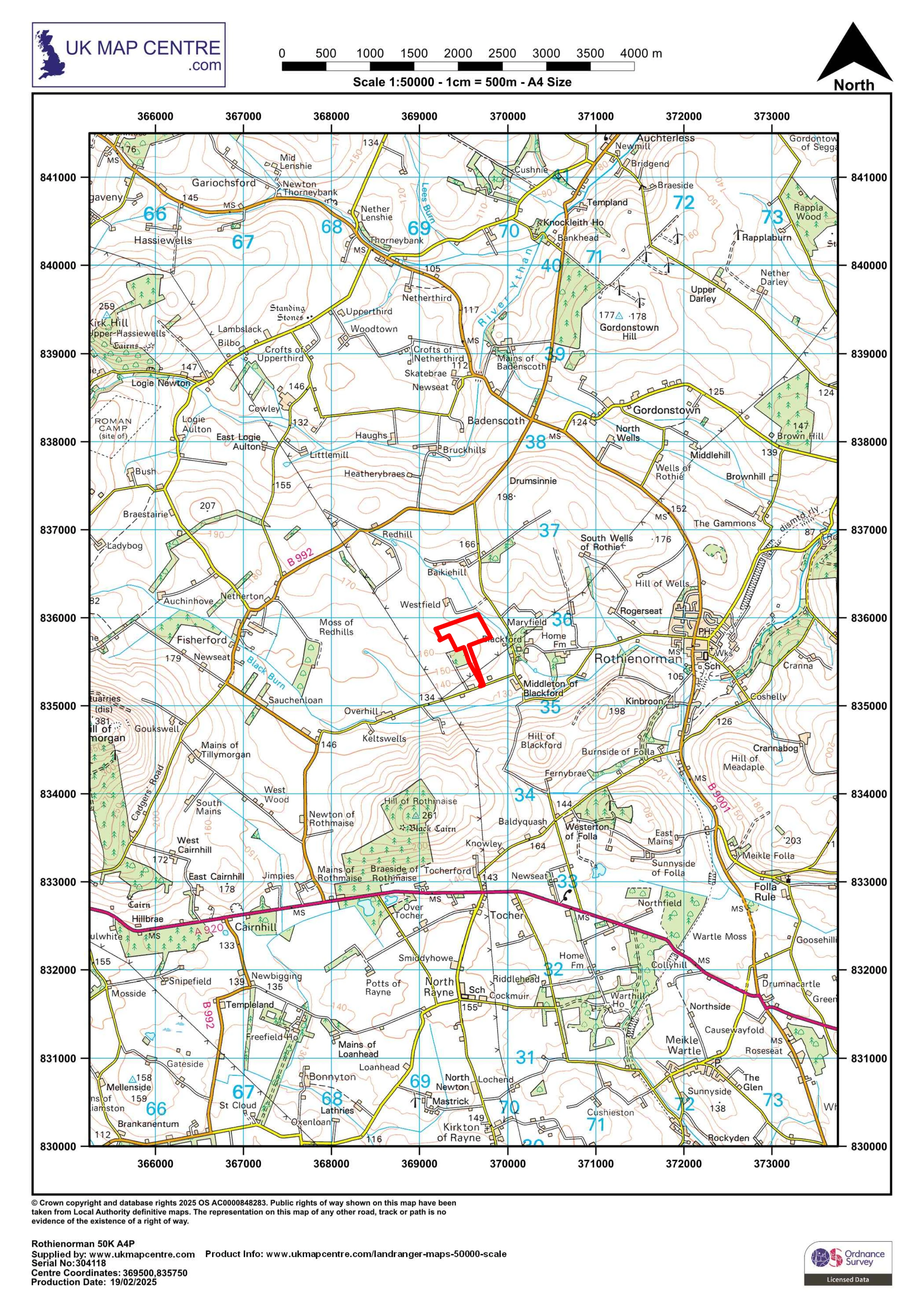
Blackford Energy Park
Developed by Blackford Renewables Ltd
Site Status
Early planning
Complete
Public consultation phase
Complete
Planning application submitted
Complete
ECU application consideration
Underway
Construction
Q1 2028
Operations
Q4 2029
About
Developed by Blackford Renewables Ltd, Blackford Energy Park BESS will be a 500-megawatt project. The grid connection has been accelerated by NESO (National Energy System Operator) to 2029, and this will help enable more renewable energy generation to be connected to the Grid for CP30 (Clean Power 2030).
The project has been developed in accordance with local and national guidelines to cause minimal impact to the local area.
The specific technologies and component references presented during this public consultation are illustrative and for discussion only, as the final design and technology provider are not yet confirmed and are subject to change. While equivalent systems will likely be selected for the final project, reliance on these preliminary, non-binding references should be avoided.
Why do we need a BESS?
Renewable energy sources such as wind and solar power are becoming increasingly important, but they can be intermittent. This means that they do not always produce electricity when it is needed. Energy storage systems like BESS can help to balance supply and demand, ensuring that there is always enough electricity available. The UK is one of the world leaders in wind power generation and therefore a significant investment in supporting infrastructure is required. This is especially prevalent in Scotland where there is a lot of wind generation and transmission around the UK.
Information regarding community concerns
We know there are concerns that BESS pushes up energy prices. While it's true that BESS operators make a profit from the price difference between charging and discharging, this arbitrage activity doesn't create the price spread but instead responds to it. The price spread is caused by the underlying supply and demand dynamics of the grid. By adding a large new source of demand during low-price periods (charging) and a large new source of supply during high-price periods (discharging), BESS actually works to reduce the size of the price spread.
In essence, the more BESS sites that are connected to the grid, the more effectively they will compete with each other, which will further reduce the difference between peak and off-peak prices.
BESS also generates revenue from several other sources by providing services to the grid, including a capacity market contract.
In conclusion, the overall impact of BESS is a positive one for energy price stability and affordability. Moreover, by enabling the greater use of cheap, clean renewable energy and reducing the need for expensive fossil-fuel-based power during peak demand, BESS helps to create a more efficient and cost-effective energy system for everyone.
To effectively screen the site, we will be creating eight-meter-high earth berms around the facility. These berms will be planted with a mix of native trees and shrubs that will mature over time, integrating the site with the surrounding landscape. As the vegetation grows, it will significantly reduce the visibility of the facility from nearby roads and residences.
We have prepared a series of photomontages to show how the finished project will look from key viewpoints in the area. These visual aids provide a representation of our long-term plan for a sensitively screened and integrated facility.
The total project area is 37 acres or 16.1 hectares, equivalent to 21 football pitches. Within this would be the battery park, substation equipment, solar panels, access tracks, landscaping and planted areas.
The approximate breakdown, as detailed in the Biodiversity Gain Assessment, is:
- 6.5 hectares of battery storage, substation and associated equipment,
- 9.6 hectares of habitat creation, trees and hedgerows.
NR20 is a very low-level noise rating, comparable to the sound level in a quiet bedroom or a library. We have identified specific mitigation measures to ensure we meet this criteria, which is set out in our submitted application. Our full technical noise report is available in the 'Documents' section for a complete overview.
The composition of the batteries is still under consideration but we fully commit to using the highest quality suppliers of industrial batteries which meet or exceed all relevant UK standards and regulations. All battery suppliers are required to issue UL 9540-A test certification to demonstrate that the spread of fire between battery cells is controlled, therefore preventing the spread of thermal runaway events. The batteries being considered for this project have demonstrated extremely good results during this testing and are improving each year.
HF gas is a chemical that can be produced in the unlikely event of a battery fire. The amount of HF gas release is highly variable and depends on many factors, including the battery chemistry and specific conditions of the fire and how it is treated.
Advanced battery management systems are designed to prevent fires from ever starting; in the extremely rare occurrence that they do, the design decisions and systems implemented prevent the spread of thermal runaway between battery cells and units. Our BESS is designed with multiple layers of safety to prevent a fire from starting, contain it if it does, and protect the community.
In the event of a fire, the gas would be diluted by the atmosphere, and the separation between battery units would stop the fire spreading between containers.
While a battery fire is an extremely rare occurrence, our comprehensive safety measures are in place to address such an event. Our goal is to prevent any safety risk to the public and the environment. We are confident that the combination of our advanced technology and our partnership with local emergency services will provide a robust safety framework for the community.
The drainage report details a robust strategy to safely contain contaminated water in a detention tank during a fire, protecting local waterways from pollution. This captured water will be professionally managed and treated off-site by a certified waste disposal company. The full design for this system will be finalised in the detailed design stage if permission is granted.
We have a robust plan for construction traffic and personnel movement, and to minimise light pollution during construction, which Aberdeenshire Council will review and approve.
When operational, the site will be unmanned and unlit, with security lighting only used when necessary.
To minimise public inconvenience during construction, deliveries will be restricted to 8 a.m. - 6 p.m. Monday to Friday, 9 a.m. - 1 p.m. on Saturday, and no deliveries on Sundays.
At the end of its operational life, the site will be fully decommissioned and returned to its current agricultural use. Our commitment includes:
- Removal of all infrastructure: All above-ground plant and equipment, including cables and foundations, will be removed.
- No impermeable membrane: Please note that there will be no impermeable membrane left on the ground.
- Restoration of the landscape: The earth berms will be regraded to restore the original topography of the site. The topsoil, which was stored during construction, will be re-spread to allow the land to be returned to active farming.
We will work closely with the landowner and relevant authorities to ensure the restoration process is completed to the highest standard.
We believe in supporting the local economy. This project will create opportunities for local businesses and a local workforce during both the construction and operational phases. We will make a commitment to give preference to local companies wherever possible.
The Scottish Governments 2019 Good Practice Principles for Community Benefits from Onshore Renewable Energy Developments was written before BESS sites were being proposed and focuses on different technologies (like onshore wind farms) that have a very different business model. We fully support the principles of community wealth building and support.
We will continue to develop our community wealth building plan in collaboration with community councillors and Aberdeenshire Council or suitable volunteers locally.
Get In Touch
If you have any questions or would like to get in touch with us, please contact us using the details below:
Send us an email at info@blackfordenergypark.com
Give us a call on +44 1242 500254
Documents
Introduction
Project Overview
Acoustics
Construction Traffic
Environmental Impact
Fire Safety & FAQs
Landscaping & Visual Impact
Site Drainage & Water Supply
Site Layout
Detailed Site Landscape
Your Feedback and Updates

